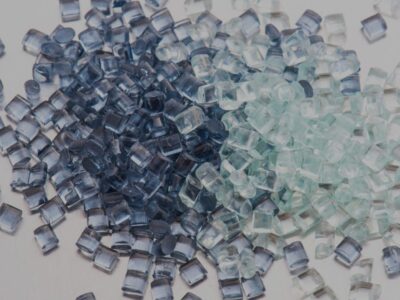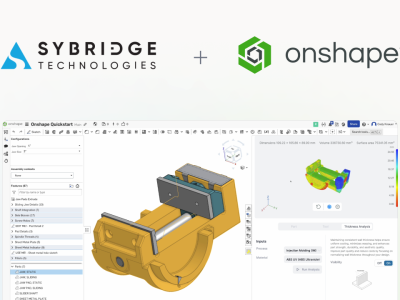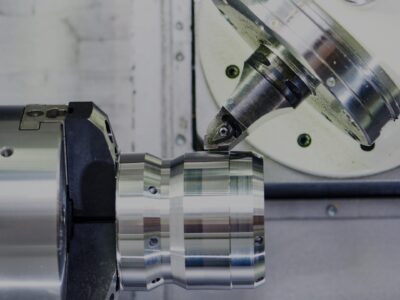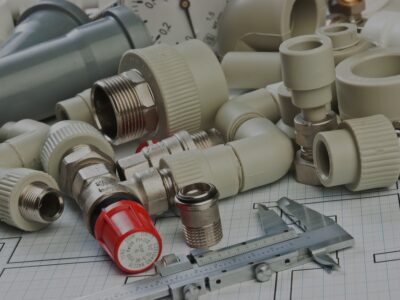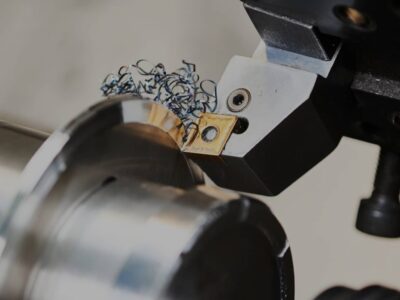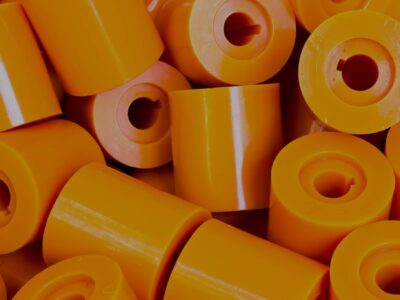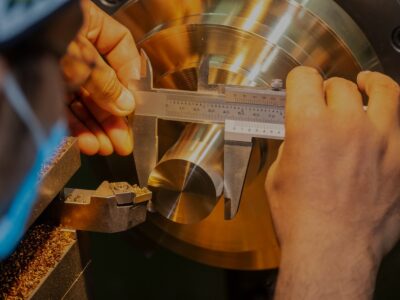Previously published on fastradius.com on May 27, 2021
Polyethylene (PE) was discovered just before the turn of the 20th century and instantly became an industry favorite. Thanks to its affordability, machinability, and compatibility with other materials, polyethylene is still a staple in the manufacturing industry. PE is widely used across consumer goods, medical devices, and industrial applications such as tanks and pipes.
There are many forms of polyethylene, broken down by three main chemical structures — branched versions, linear versions, and cross-linked polyethylenes. High-density polyethylene (HDPE) and low-density polyethylene (LDPE) are the two most common kinds of PE. This low-density polyethylene vs. high-density polyethylene “Know Your Materials” guide provides everything you need to know about these two materials, so you can decide which type of polyethylene is best for your next project.
High-Density Polyethylene (HDPE)
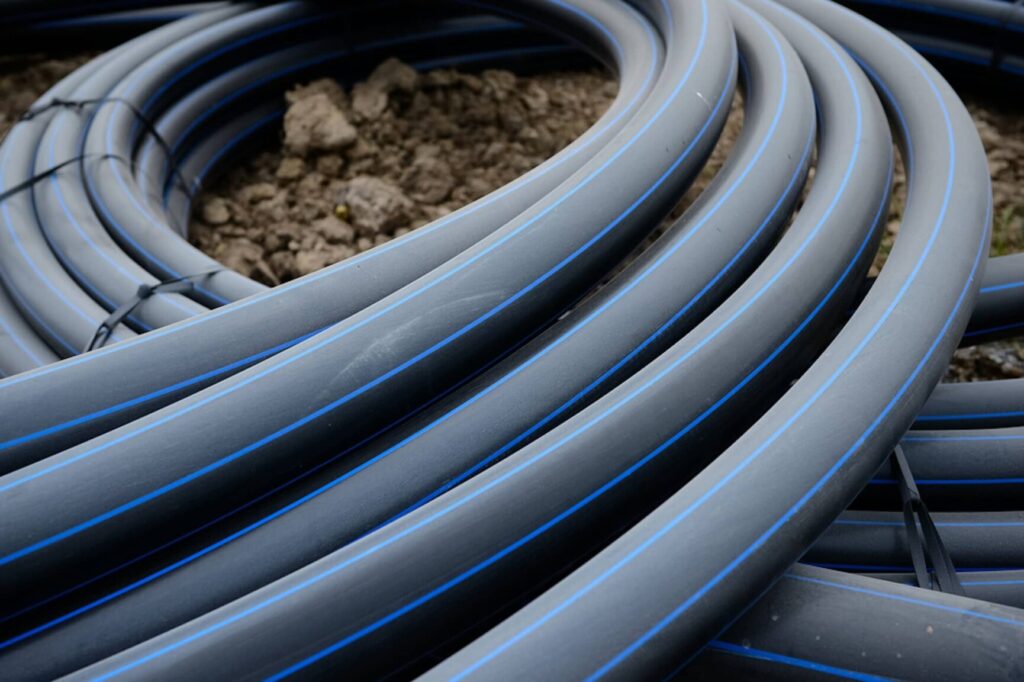
HDPE is a type of polyethylene with a linear structure. Since its molecules are packed together tightly, HDPE is an incredibly strong polyethylene with high tensile strength, rigidity, and impact resistance. HDPE is also resistant to chemicals and can be UV-resistant. Along with its durability, HDPE is quite a versatile material and easy to fabricate.
Due to its malleability and dimensional stability, HDPE is often used in outdoor furniture and equipment, including structures like playgrounds. HDPE is also used in industrial applications, such as pipe flanges and chemical tanks, as well as consumer goods like food and beverage bottles, cutting boards, and even toys.
Here are a few key mechanical and chemical properties of high-density polyethylene:
- Melting point: 135°C (275°F)
- Tensile strength: 4,000 psi
- Tensile elongation: 600 psi
- Flexural modulus: 200,000 psi
- Water absorption: 0.10% over 24 hour immersion
Some disadvantages of HDPE include a susceptibility to stress cracking under intense pressure and low-to-moderate heat resistance. There is also a risk of shrinkage while molding HDPE and for this reason, HDPE is best suited for CNC machining and additive manufacturing. Processing HDPE with CNC machining is especially popular, as this manufacturing method can yield tight tolerances.
One massive benefit to HDPE is its recyclability and reusability. Recycled HDPE is often just as versatile and weldable as new or “virgin” HDPE, making recycled HDPE an excellent material choice for reducing your ecological footprint.
Low-Density Polyethylene (LDPE)

LDPE is a branched version of polyethylene, meaning its molecules are more loosely packed. As a result, LDPE is less dense than other linear polyethylenes like HDPE. This doesn’t mean LDPE isn’t strong, though.
Along with boasting impact resistance, LDPE is also stain-resistant, electrically insulating, and waterproof. LDPE is also naturally transparent and reflects light well. Some other mechanical low-density LDPE properties include:
- Melting point: 115°C (239°F)
- Tensile strength: 1,400 psi
- Tensile elongation: 500 psi
- Flexural modulus: 30,000 psi
- Water absorption: 0.10% over 24 hour immersion
Common LDPE consumer components include grocery bags, plastic film or wrap, flexible packaging material, and food and beverage containers. LDPE is also used in medical device manufacturing for orthotics and prosthetics.
Design teams should be mindful of some of LDPE’s limitations — LDPE is more prone to stress cracking than HDPE, less heat resistant than HDPE, and highly permeable to gases like carbon dioxide. LDPE is also highly flammable, which greatly limits its use in high-temperature applications.
One upside to LDPE’s lessened heat resistance is its low melting point, which improves heat sealing. This makes LDPE easy to process using injection molding, which opens up many manufacturing possibilities in this realm.
Differences Between HDPE and LDPE
High-density polyethylene and low-density polyethylene are two common polyethylenes with differing structures but similar properties. HDPE has a linear structure and is opaque, while LDPE is a transparent branched version of PE. Both materials have excellent strength and weldability, boasting impact and chemical resistance alongside malleability and manufacturability.
While LDPE and HDPE can both be processed using injection molding and additive manufacturing, LDPE is best suited for injection molding whereas CNC machining HDPE can help achieve tight tolerances. It’s up to product teams to do their research and determine which material is best suited for their upcoming project. A trusted manufacturing partner can help you make these decisions confidently.
SyBridge can help you understand the key differences between HDPE and LDPE, as well as choose between many other manufacturing materials. Our team of manufacturing experts dedicate themselves to helping you create the best part possible, guiding you through each step of the process. With SyBridge, gain insight into choosing the right material and optimizing product design at every turn. Contact us today to get started.
